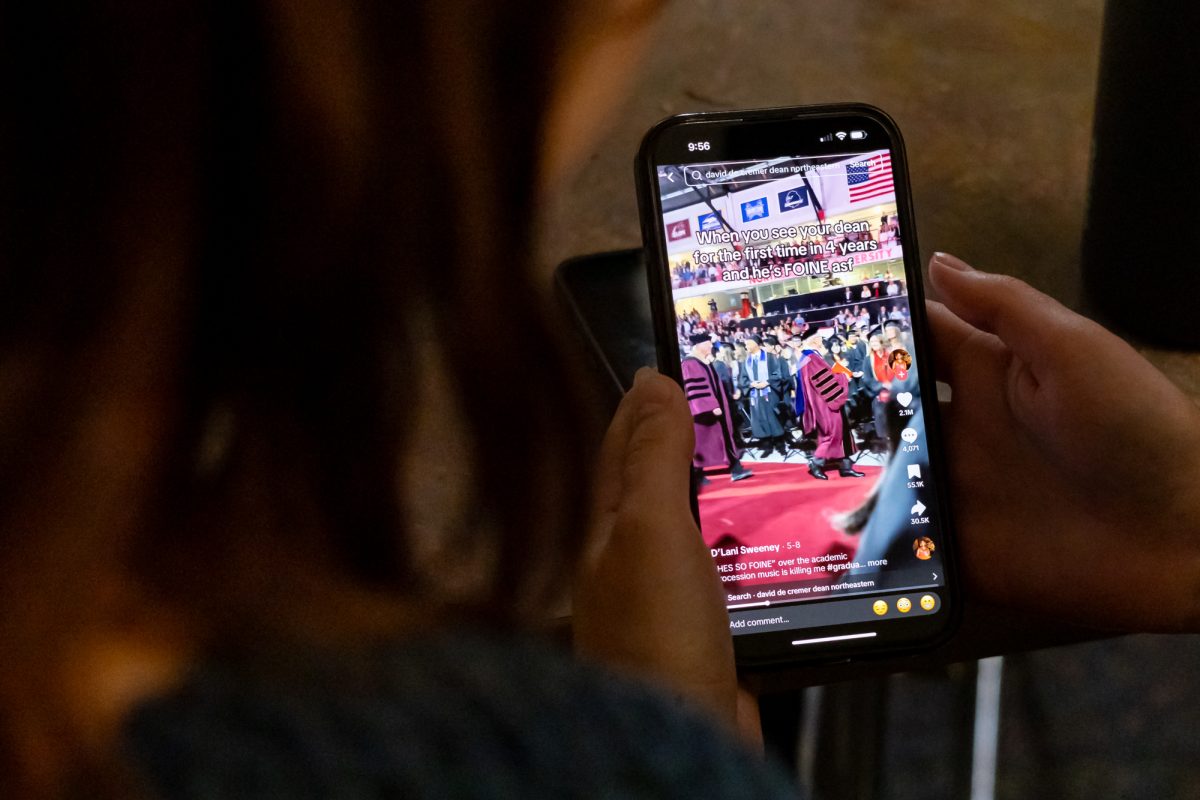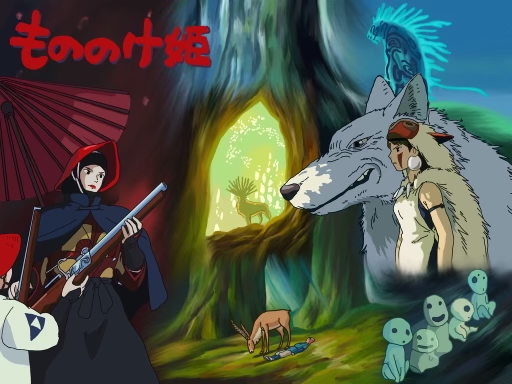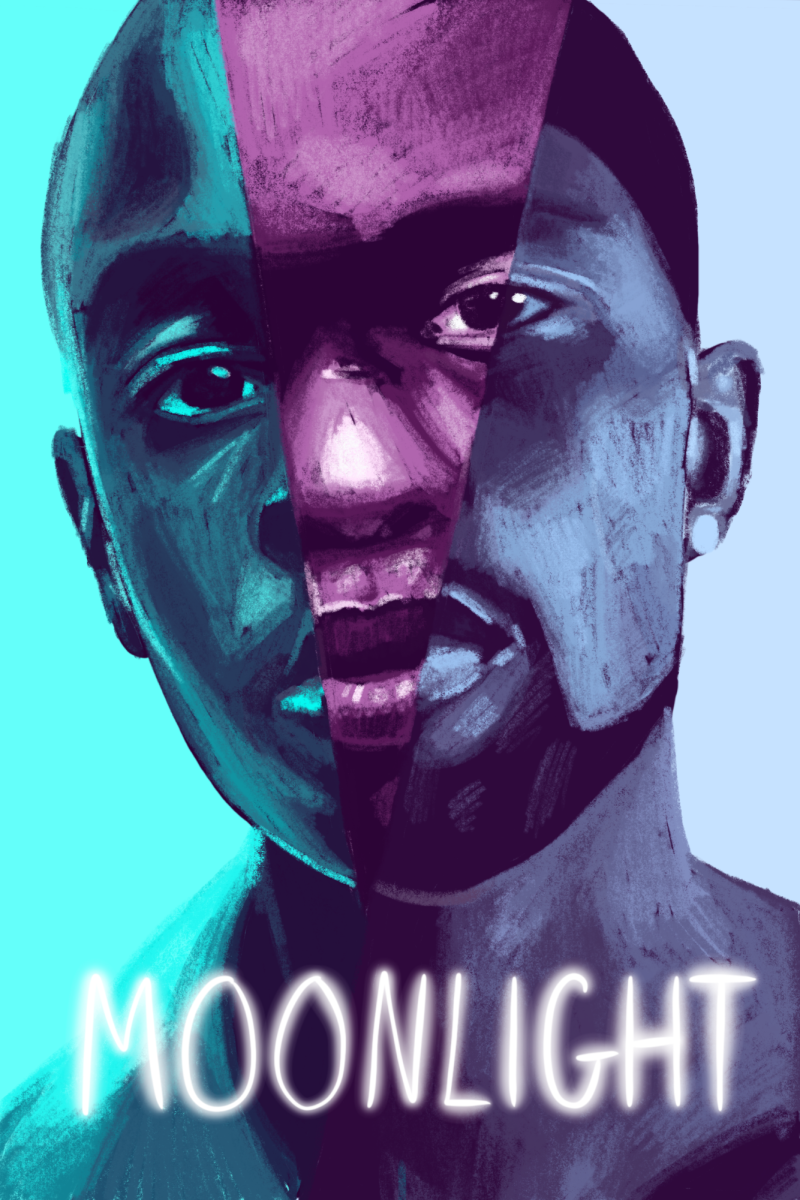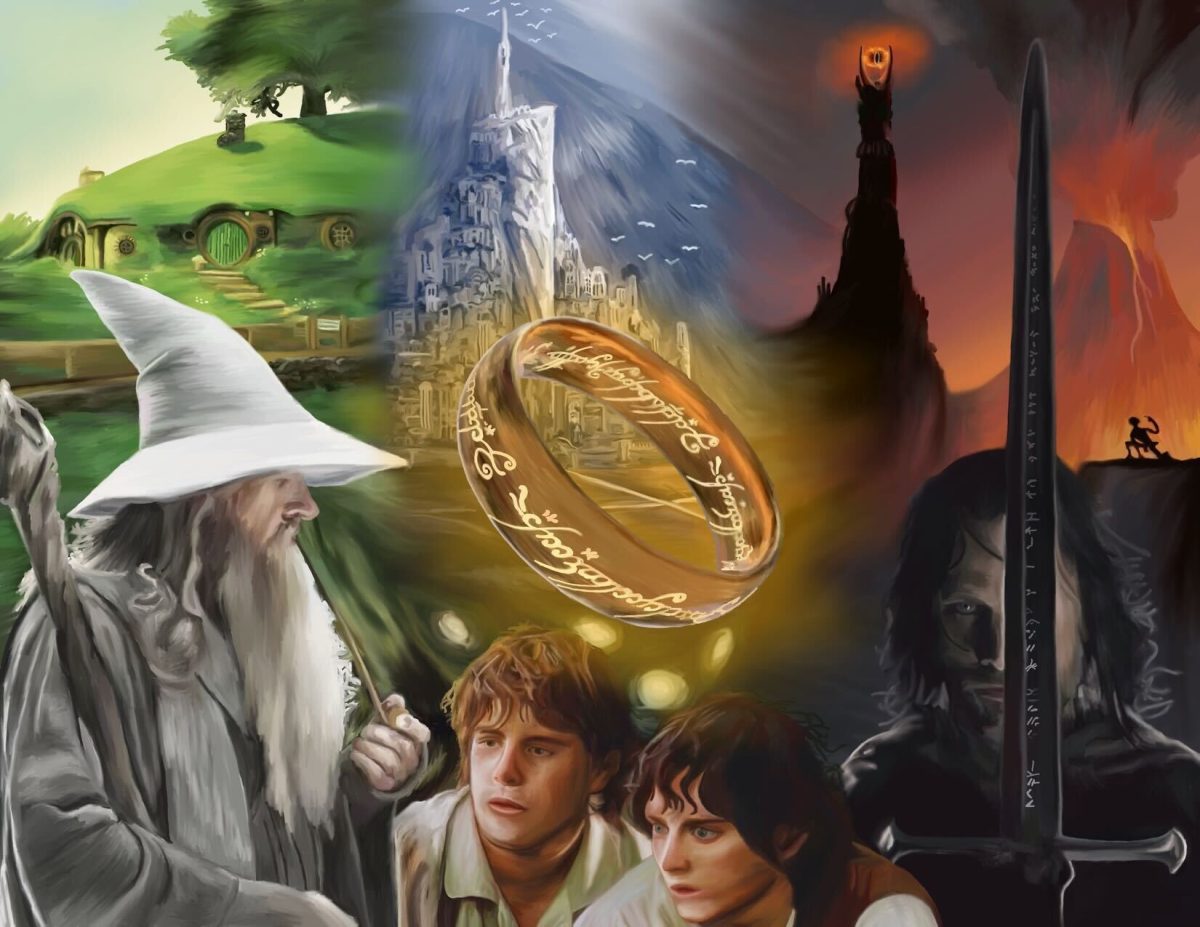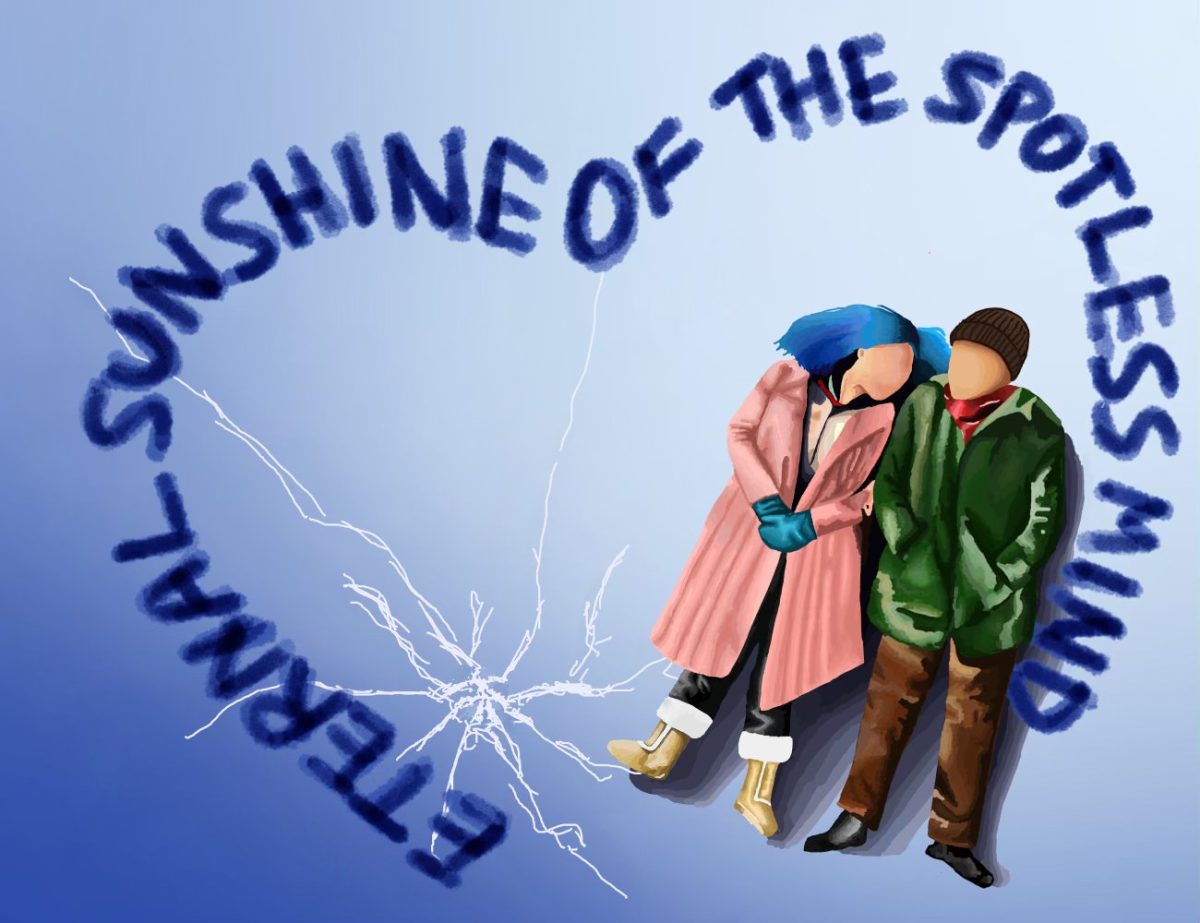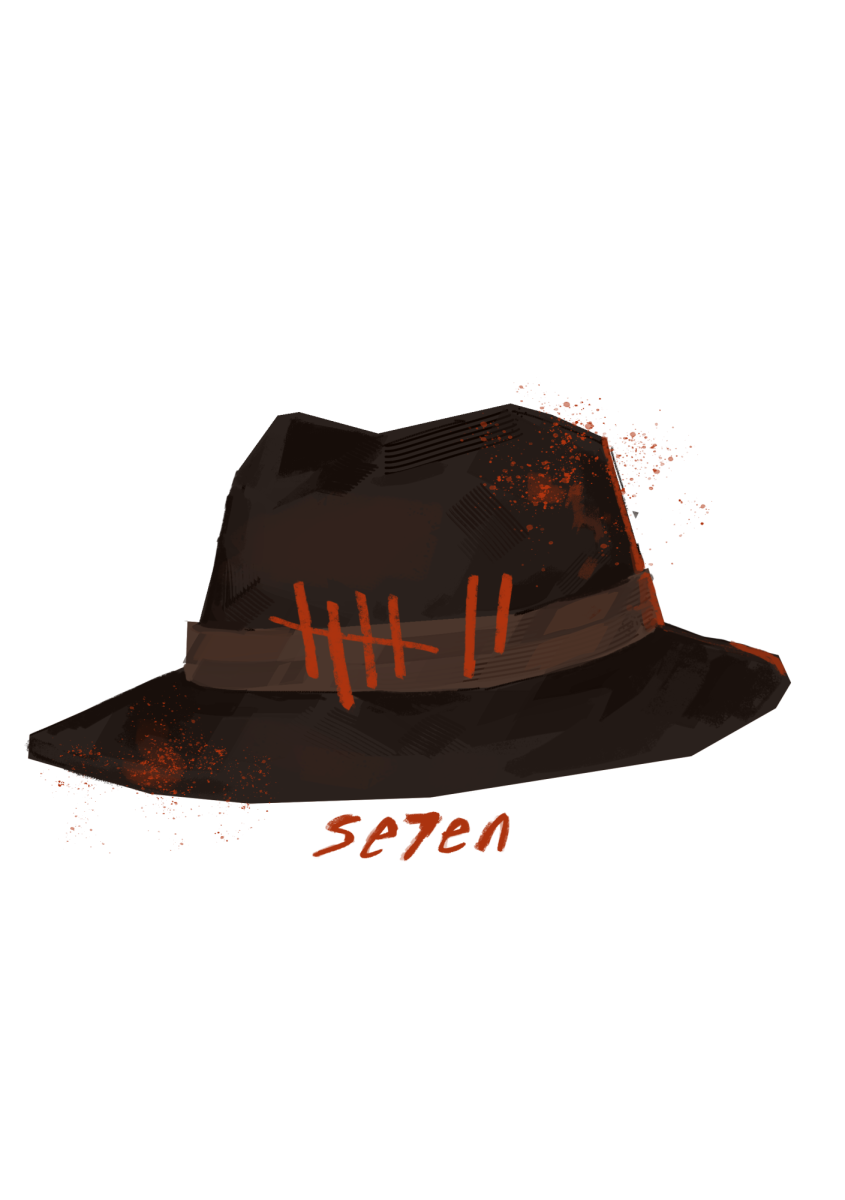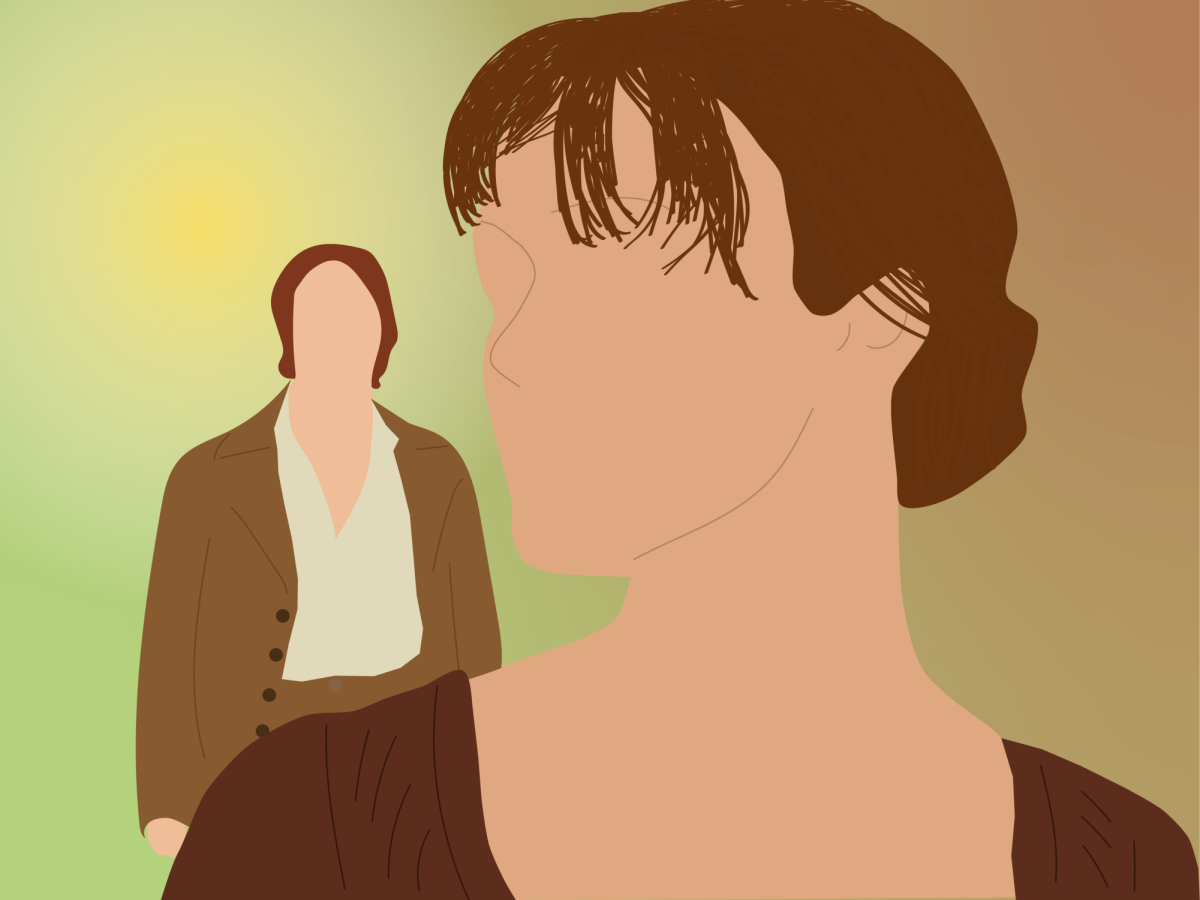Even over 50 years after its original release, “2001: A Space Odyssey” left the audience at my local theatre gasping, laughing and begging for more. During a brief intermission in the film, the audience roared with excitement. Some were confused, others were thrilled and I was a mix of both, gushing over filmmaker Stanley Kubrick’s technical skill and ability to build a familiar future. In the rising era of artificial intelligence, viewing Kubrick’s vision of AI before the language learning models of the twenty-first century is thrilling as it is chilling.
“2001” is a timeless sci-fi epic full of unanswered questions, mesmerizing visual effects and much anticipated Kubrick stares, the director’s iconic technique showcased throughout his films. Kubrick loves to start conversations with his audience, and this film is a perfect example of questioning people’s relationships with technology, each other and life itself.
The main antagonist of “2001,” an artificially intelligent supercomputer named HAL, is the kind of character you simply love to hate. Practically “flawless,” HAL has a clear goal of completing his assigned mission and won’t let anything — or anyone — get in his way. HAL is beautifully written for a red glowing light, and all the power comes from voice actor Douglas Rain and his sparing but powerful dialogue.
Even though he is as terrifying as artificial intelligence can get, attacking crewmates and locking Dave (Keir Dullea), the hero, out of the ship, he had some pretty hilarious moments, too. A fan-favorite moment is when HAL finally meets his demise but cries for help in a calm and composed manner, just as he was programmed.
Today we live alongside supercomputers of our own, but the only difference between our technology and HAL is that our reality is flawed and tampered, as we all are. HAL is calm and confident, and our iPhones may act the same way at first, but our trust in our creation has varied over the course of the past 50 years.
The film is divided into four parts — The Dawn of Man, Mission to the Moon, Mission to Jupiter, and Jupiter and Beyond the Infinite — each feeling like separate, yet intertwined, stories of their own. The role of the mysterious monolith, the alien artifact with eerily perfect rectangular angles, is crucial to each of the four parts of the film. First discovered by primates millions of years ago in the first part, the tribe goes from shouting over this unexplained structure to worshiping their discovery together. The entirety of the film revolves around the monolith — in the second part, another monolith is discovered on the moon, and the purpose of the third part is to find the structure farther out into the cosmos.
The last sequence of the film, Jupiter and Beyond the Infinite, left me stunned, to say the very least. Dave watches himself age until one can theorize that he somehow turns into a monolith himself. By coming full circle, “2001” is the ultimate trip. Through an exploration of color, light and sound, Kubrick was truly living in the future while he was writing, directing and producing this film.
Viewing “2001” at the Brattle Theatre in Cambridge was a pleasure for my first visit to the Harvard Square-adjacent theatre. The theatre’s creative director gave a welcoming introduction to the film before the screening, beaming over how it was meant to be watched by an audience, whether that be in a theater or with friends. And in the ever-growing age of streaming services, perhaps the creative director of the Brattle was right; laughing alongside a community of fanatics is an exclusive experience.
The film left us with an open ending, the unanswered questions coming to fruition as everyone chattered over the adventure that was “2001.” A pure spectacle to audiences young and old, the film has invited us to dive into the unknown — the unforeseeable — for decades. And as history repeats itself, we know looking to the future beyond the stars can be scary, but Kubrick has shown us that our possibilities are truly endless.















